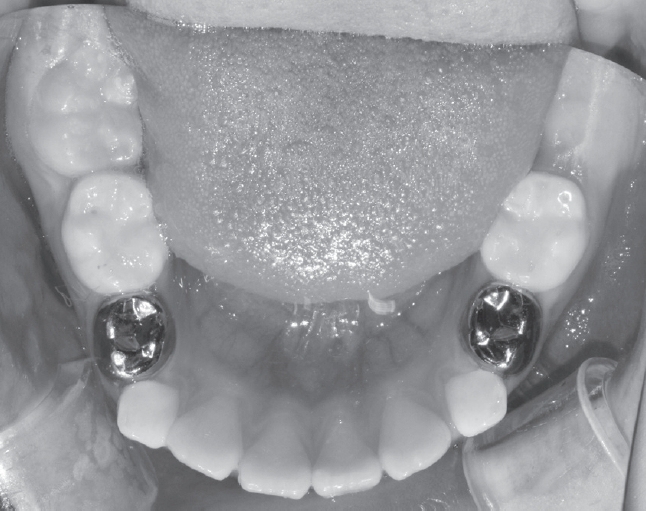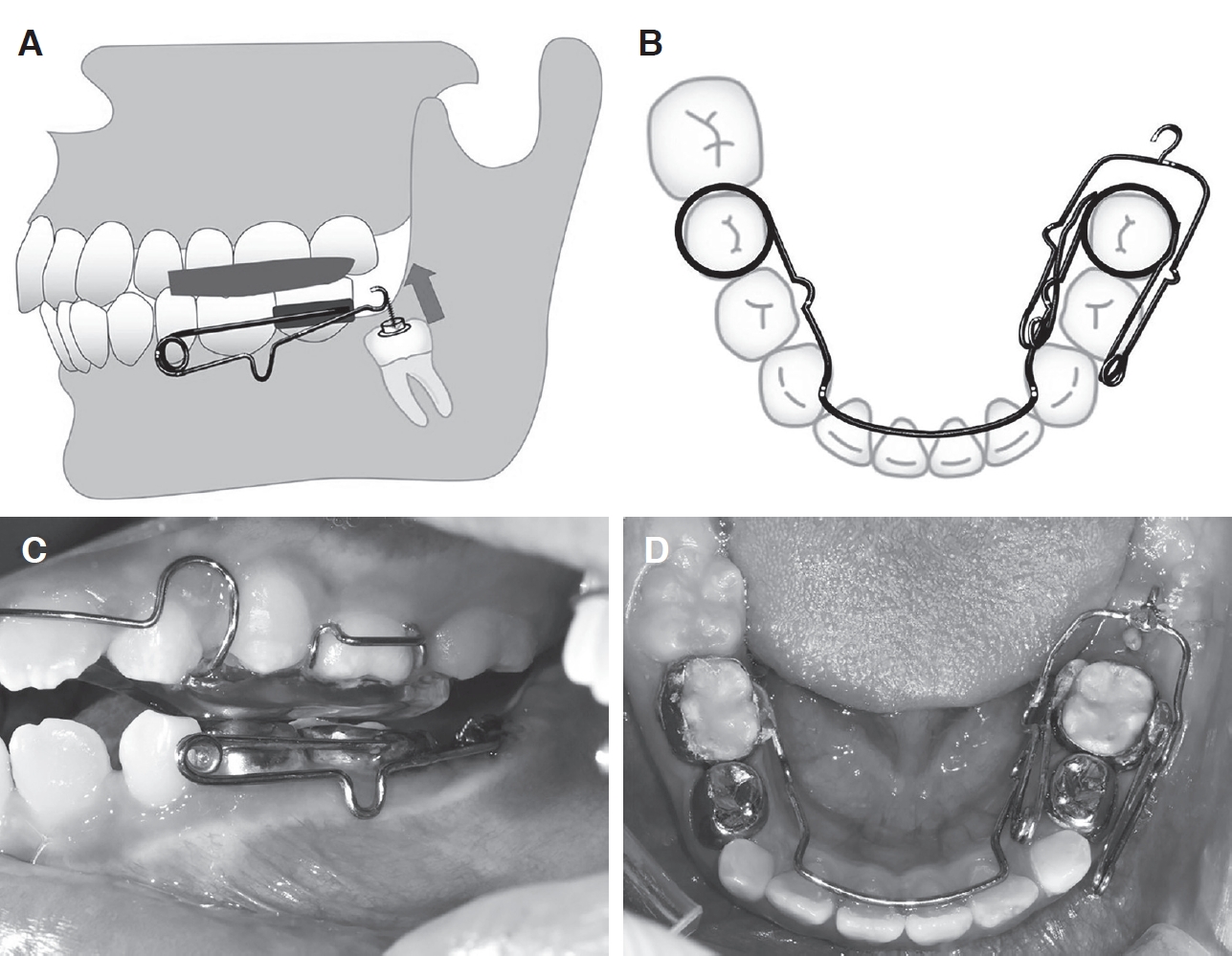1. Nakano K, Matsuoka T, Ooshima T,
et al. : Delayed development or congenital absence of a single first permanent molar in Japanese child patients.
Int J Paediatr Dent, 9:271-276, 1999.


2. Laskin D, Petersen JK : Textbook and color atlas of tooth impaction; diagnosis, treatment and prevention. Munksgaard, Copenhagen, 1997.
3. Baccetti T : Tooth anomalies associated with failure of eruption of first and second permanent molars.
Am J Orthod Dentofacial Orthop, 118:608-610, 2000.


4. Raghoebar G, Boering G, Stegenga B,
et al. : Eruption disturbances of permanent molars: a review.
J Oral Pathol Med, 20:159-166, 1991.


5. Messer LB, Cline JT : Ankylosed primary molars: results and treatment recommendations from an eight-year longitudinal study.
Pediatr Dent, 2:37-47, 1980.

6. Kennedy DB : Management of an ectopically erupting permanent mandibular molar: a case report.
Pediatr Dent, 30:63-65, 2008.

7. Hegde S, Munshi A : Management of an impacted, dilacerated mandibular left permanent first molar: A case report.
Quintessence Int, 32:235-237, 2001.

8. Kim S, Kim Y, Nam S,
et al. : Epidemiologic survey on failed eruption of mandibular first molar.
J Korean Acad Pediatr Dent, 43:51-59, 2016.

9. Nielsen SH, Becktor KB, Kj├”r I : Primary retention of first permanent mandibular molars in 29 subjects.
Eur J Orthod, 28:529-534, 2006.


10. Jo W, Lee N, Lee S : A statistical study on characteristics and treatment of child and adolescent patients with tooth impaction.
J Korean Acad Pediatr Dent, 41:306-313, 2014.

11. Adig├╝zel ├¢, Yi─¤it-├¢zer S, Akku┼¤ Z,
et al. : Patient-specific factors in the proximity of the inferior alveolar nerve to the tooth apex.
Med Oral Patol Oral Cir Bucal, 17:e1103. 2012.


12. Kokich V, Mathews D : Surgical and orthodontic management of impacted teeth.
Dent Clin North Am, 37:181-204, 1993.


13. Johnson JV, Quirk GP : Surgical repositioning of impacted mandibular second molar teeth.
Am J Orthod Dentofacial Orthop, 91:242-251, 1987.


14. Proffit WR, Vig KW : Primary failure of eruption: a possible cause of posterior open-bite.
Am J Orthod, 80:173-190, 1981.


15. Becker A : Early treatment for impacted maxillary incisors.
Am J Orthod Dentofacial Orthop, 121:586-587, 2002.


16. Ryu HS, Lee CS, Lee SH : Management of impacted teeth by autotransplantation in children. J Korean Acad Pediatr Dent, 27:564-572, 2000.
17. Pack JA, Yang KH, Kim SM, et al. : The eruption guidance of an impacted tooth associated with a complex odontoma: Case report. J Korean Acad Pediatr Dent, 34:651-657, 2007.
18. Jih M, Lee S, Lim S,
et al. : Orthodontic Traction and Decompression Method in Treating Impacted Permanent Mandibular First Molars.
J Korean Acad Pediatr Dent, 42:257-263, 2015.

19. Jang YH, Kim EY, Choi SC, et al. : Orthodontic treatment of an impacted mandibular first molar using miniplate as a skeletal anchorage: a case report. J Korean Acad Pediatr Dent, 37:246-251, 2010.
20. Kim YJ, Kim CC, Shon DS : Treatment of Permanent First Molar by Modified Halterman Appliance. J Korean Acad Pediatr Dent, 24:771-775, 1997.
21. So JW, Lee KH, Ban JH, et al. : Ectopic eruption of mandibular first permanent molar: a case report. J Korean Acad Pediatr Dent, 37:130-135, 2010.
22. Boshart BF, Currier GF, Duncanson MG Jr,
et al. : Loaddeflection rate measurements of activated open and closed coil springs.
Angle Orthod, 60:27-32, 1990.

23. Romeo DA, Burstone CJ : Tip-back mechanics.
Am J Orthod Dentofacial Orthop, 72:414-421, 1977.

24. Suh H, Song JS, Kim JW,
et al. : Characteristics and Treatment Methods of Eruption Disturbance.
J Korean Acad Pediatr Dent, 45:464-473, 2018.

25. Park YH, Sohn HK, Choi BJ : Fine structures of physiologic and pathologic root resorption surfaces of deciduous teeth. J Korean Acad Pediatr Dent, 27:524-534, 2000.


















 PDF Links
PDF Links PubReader
PubReader ePub Link
ePub Link Full text via DOI
Full text via DOI Download Citation
Download Citation Print
Print



